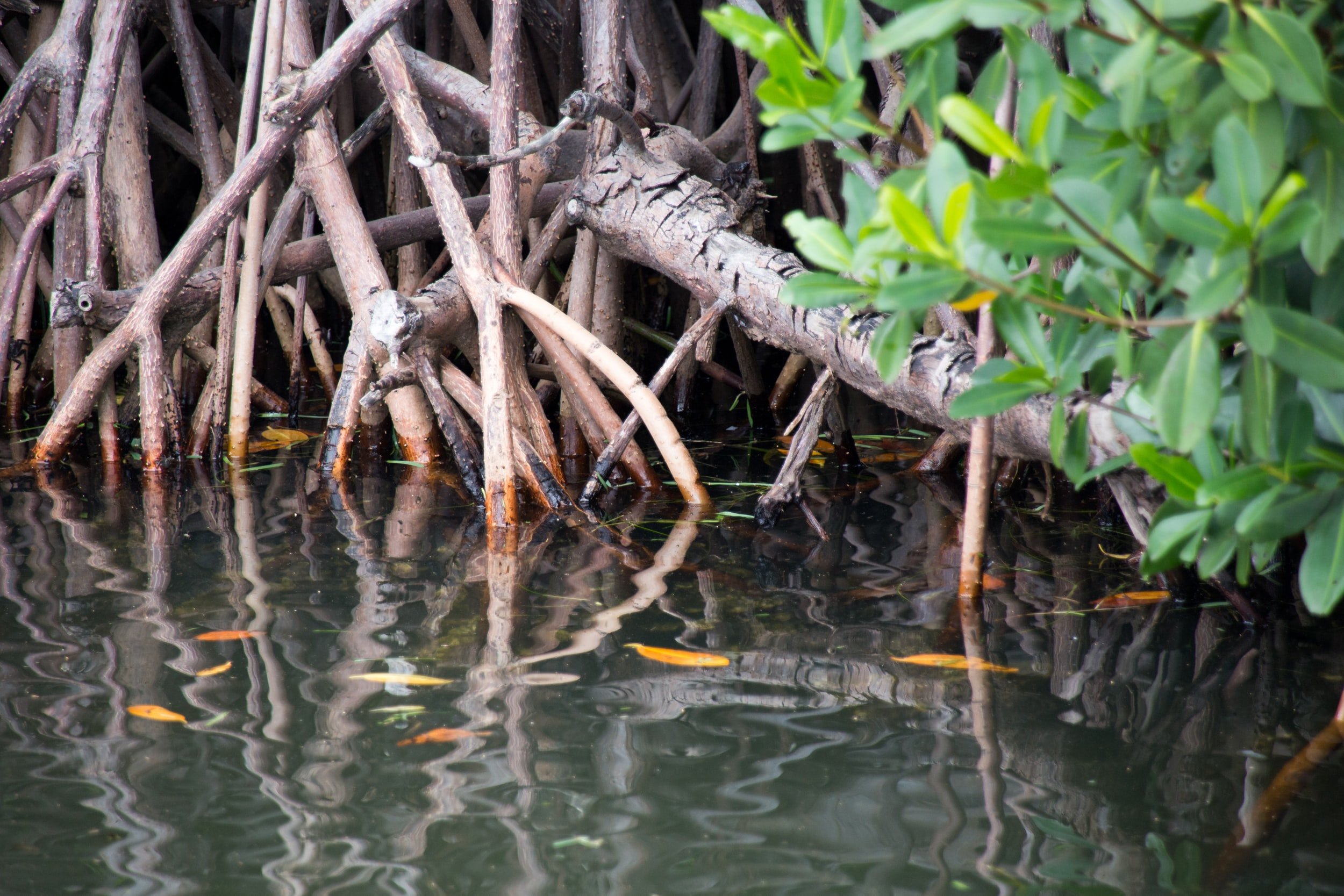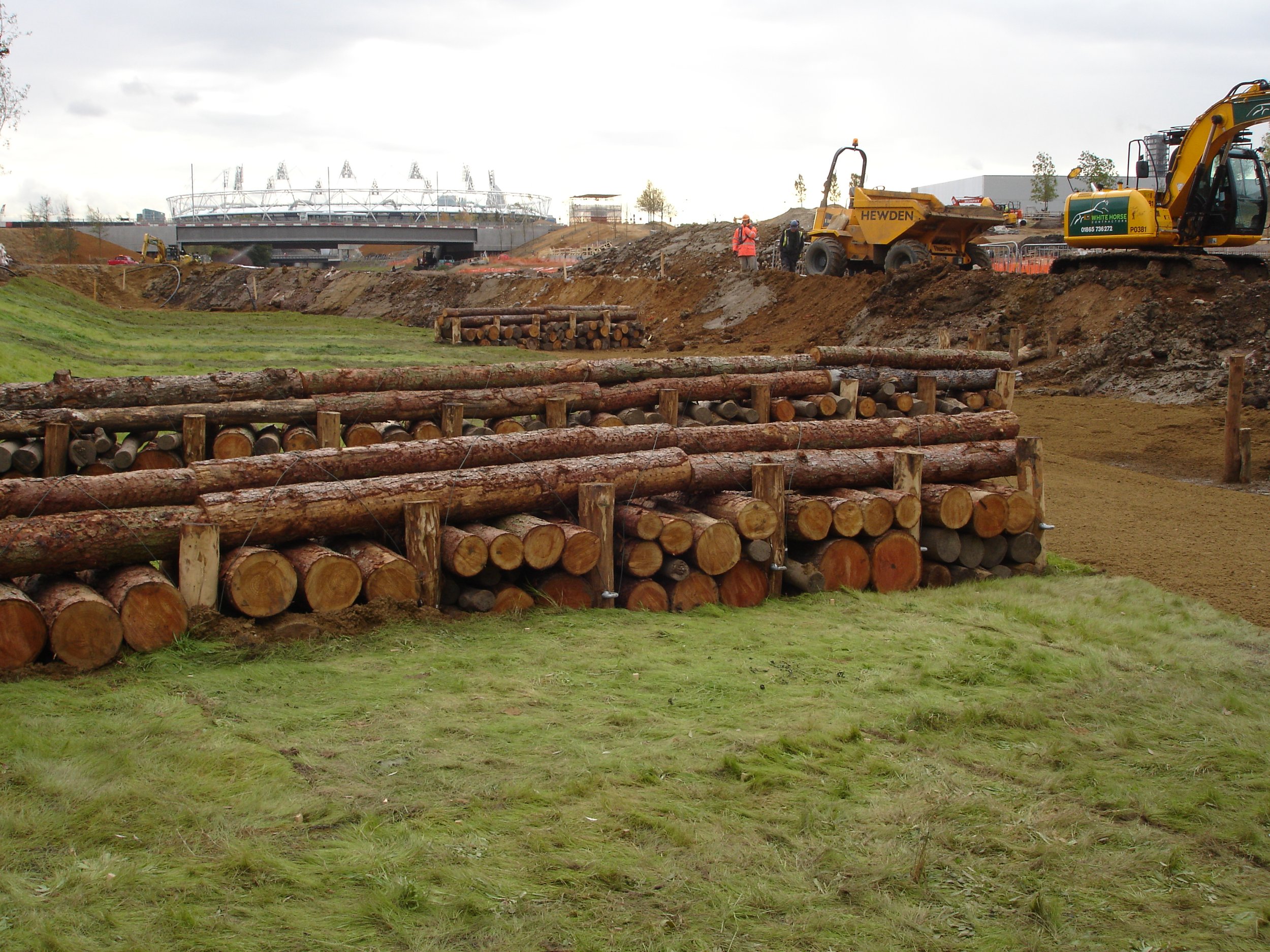Habitat
Habitat
AGA Group Consultancy (AGA) have been advising clients for over 30 years in matters pertaining to the natural environment. This advice has been built on the long held belief that if you improve the habitat of all living things that they will fight against all of the other odds stacked against them, and do very much better than they otherwise would, our intervention can and does go some way to balancing all of the impacts that mankind has on the natural world.
At AGA we believe we can all do our bit and will encourage all of our clients to included some habitat enhancement into their projects wherever there is an opportunity. Often great benefits just require arranging some naturally occurring materials. Tree roots, deep leaf litter, compost heaps, log piles and rock piles are locations that can be great refuges and over-wintering sites (hibernacula) for reptiles and amphibians - providing habitat, cover, locations to bask, and feed.
Habitat – an affordable opportunity
It is important that habitat enhancement that is not the main purpose of driver for a project is able to be included without burdening the project budget, providing great habitat gain for a relatively small investment. To achieve this AGA have developed many methodologies which involve engineering nature, these include:-
Frog Logs
A tidy log pile surrounded by good cover will gradually become over grown and will mature into a good refuge. These can also be constructed to a much larger scale. Similarly on a larger scale rubble, logs and soil can be mixed to create hibernacula - raised or partially buried in the ground.
Kingfisher and Sand Martin Banks
When creating a bank for birds such as Kingfishers and Sand Martins it is important to remember that even though the nesting season is during the summer that heavy rainfall that can swell a river within hours is not uncommon. For this reason the face must be vertical and rise at least 1.5m above normal water level or what has been the highest recorded peak flow level. The chosen or constructed bank should be greater than 5m. Because the bank is designed with a vertical bank there may well be a requirement to protect the toe of the bank from becoming unstable. If there is some question as to the height of the bank above the potential flood level all is not lost, AGA will have an engineered solution to hand. A member of the AGA habitat restoration team will include such considerations in any design concept and advice.
Kingfisher and Sand Martin banks can be constructed from soil and other substrate and reinforces with geo-textiles to ensure stability, alternatively banks can be constructed using a weak concrete mix around clay or polythene pipes. Pipes should be of at least 6cm internal diameter set in rows 30cm apart with the pipes at 20cm spacing, and the bottom row at least 1m above summer water level. The pipes should be no more than 1m long, sloping very slightly up into the bank (to prevent rainwater flooding the nest chamber) with the opening flush to the cliff face.
To carry out these types of works will always require the permission of the landowner and depending on the location, size of the stream/river etc. there may be other consents required, which may include:-
Construction of a large artificial nesting bank raised above the land surface where there was no existing bank (Local Planning Authority – planning permission)
Cutting a new face to a river or drainage channel bank or constructing a steep cliff by in-filling against a sloping river or drainage channel bank (Environment Agency – flood defence consent)
Works within a Site of Special Scientific Interest (Great Britain) or Area of Special Scientific Interest (Northern Ireland) will need the consent of the relevant statutory nature conservation body: Natural England etc.
Reptile/Amphibian Hibernacula and Refuges
Hibernacula can be seeded or covered in turfs and these can be located in various locations from within a wood (good winter refuges) to open habitat (good summer refuges). But the most suitable locations tend to benefit from both sun and shade.
Hibernacula backing onto suitable ’marginal’ habitat, with time to mature, can become ideal refuges. But there is a tendency for refuges to be too tidy, over-engineered, and even put in the wrong place. For example, a ’tidy’ log pile in a very open location in a popular country park will provide some shelter but little else.
Hibernacula can be seeded or covered in turfs and these can be located in various locations from within a wood (good winter refuges) to open habitat (good summer refuges). But the most suitable locations tend to benefit from both sun and shade.
Hibernacula backing onto suitable ’marginal’ habitat, with time to mature, can become ideal refuges. But there is a tendency for refuges to be too tidy, over-engineered, and even put in the wrong place. For example, a ’tidy’ log pile in a very open location in a popular country park will provide some shelter but little else. How do you get the balance between something that is natural and neither too ornamental or something that looks like it has been fly-tipped?
The ideal hibernacula
Carefully constructed hibernacula have a lot of potential, the can seeded, or covered in turf to avoid the time taken to mature time to mature. With a strong public presence on site and the wrong management they can become a grassy mound surrounded by a park-like landscape with minimal benefit for wildlife. The location of hibernacula can be key to its success.
Overgrown allotments with old plots mixed with soil, rubble, grass heaps and other materials make superb refuges so here at AGA we keep that in mind when we survey your site for suitable locations.
A good hibernacula will be a mixture of rubble, wood and soil, and located in a suitable location close to some shrubs on a vegetated headland of a site. This will provide a winter and summer refuge, cover to disappear into if disturbed, and the option to move into the sun or shade at any part of the day.
Large Woody Debris (LWD)
Large Woody Debris is complete trees, branches or root plates that have fallen into watercourses are commonly referred LWD often spans the entire width of smaller streams to accumulate into ‘debris dams’, whilst in main rivers wood collects in backwaters, shallows or wooded margins. These larger pieces of wood have a profound influence on physical structure and flows in watercourses.
LWD has become very fashionable and a favourite of designers, practitioners, researchers, engineers, conservationist and flood risk managers. It is an important management tool for accelerating the rehabilitation of degraded watercourses and their floodplains, providing natural flood defence, and a host of other benefits. It is a method of river restoration and habitat creation that here at A.G.A. Group Consultancy (AGA) we have adopted as a method of choice
River Rehabilitation
LWD can be a cheap and very natural form of river rehabilitation and flood defence. In recent years the trend of watercourse management of rural watercourses in England and Wales has begun to change. Previously LWD) was removed as a matter of routine now a more relaxed approach as LWD is left within channels.
This change in attitude provides unique opportunities to utilise LWD in the rehabilitation of degraded watercourses. Whilst the ideal approach as is often seen in larger system such as are found in USA, Australia and other parts of the world, is a ‘hand off’ one.
Here in the UK we still prefer to have more control rather than leave time for natural processes to reassert themselves. There are still lots of opportunities in smaller scale systems. This may require the input of one of AGA’s specialist habitat restoration team who can develop an initial concept design and carry out consultation with interested parties and any relevant regulators such as the Environment Agency (EA) and Natural England (NE).
Floating Plant Islands
We have been designing fish refuges for over 30 years, installing and operating them on sites throughout the UK. Underwater habitat plays a key part in the interaction between fish predators and their prey. Weed cover and other submerged structures are widely used by fish to reduce the risk of predation from pike and other predators such as cormorants — and our floating refuges provide these conditions. We make the units as a 2m x 2m EcoIslands which are the base modular component, these modules can be joined together to form Floating Plant Islands of any size. They can be custom built to many different specification, including yours. A typical example would by adapting the basic Floating Plant Island design to provide a Bio Haven as nesting habitats for Terns etc. Read more about our Floating Plant Islands on the Lake Aid website.
Get in touch with our team if you need any advice on our consultancy services.



